Assassin’s Creed II | Rebuilding the Renaissance
A bird flies overhead. You listen intently to the clattering sound of your footsteps and the increasingly louder annoyed mutterings of the soldiers hot on your tail. You brace yourself for the jump to come. Rolling and dodging your way across the roofs of a vast and sprawling fifteenth-century Italy.
You jump, an overwhelming height, but you make it. You land on the tiny mound of hay on the ground below. On your descent, you can’t help but notice the attention to detail on the walls of the bank you had just scaled and the stone slabbed street below. Now you hide and hope that the soldiers on the ground don’t see you.
This is Assassin’s Creed II and this is Florence, one of the playable areas of Renaissance Italy available in the game. This is one of the many breathtaking environments available for players in the hugely popular Assassin’s Creed franchise. Ripe with exploration, the vast gamer’s playground of Assassin’s Creed II will be the subject of our observation.
Duomo di Firenze
The biggest architectural landmark visible in Florence here is the Duomo di Firenze, or Florence Cathedral. This large-scale building is a delight to climb, with its rounded elements and deeply intricate designs. It is interesting to note that this building is one that actually had an aspect of misrepresentation about it.
Some features of the building that we see in the game weren’t actually constructed until post-fifteenth century. When constructing the world of Assassin’s Creed II, it is clear that the artists overlooked some historical accuracies in favour of more fluidity of motion and artistic visuals. Notably the scale of the building is much smaller than that of its real-world counterpart.
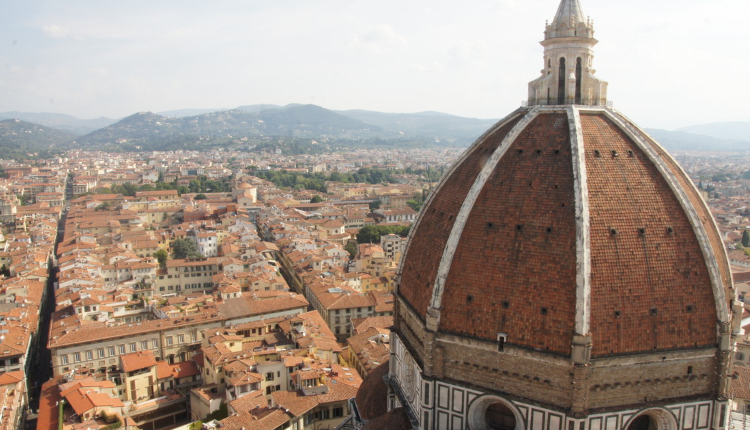
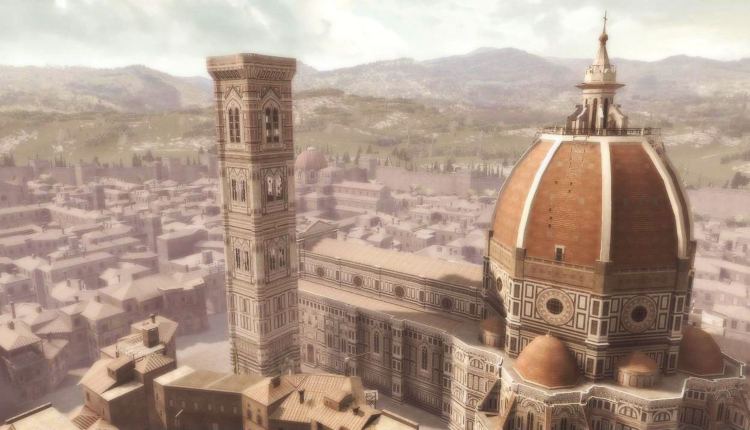
Palazzo Medici Riccardi
The second building of note is that of the Palazzo Medici Riccardi. Built with the design of Michelozzo, the architect and sculptor, this palace, housing the Medici family, broke several architectural barriers in its construction. Based on a medieval design and made to seem simplistic in style, this building showcased the status of the Medici’s. It contained its own apartments and rooms, all of which would pave the way for future architectural structures.
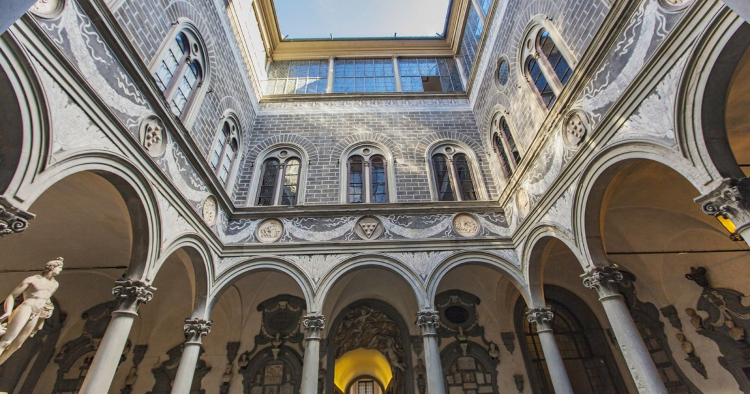
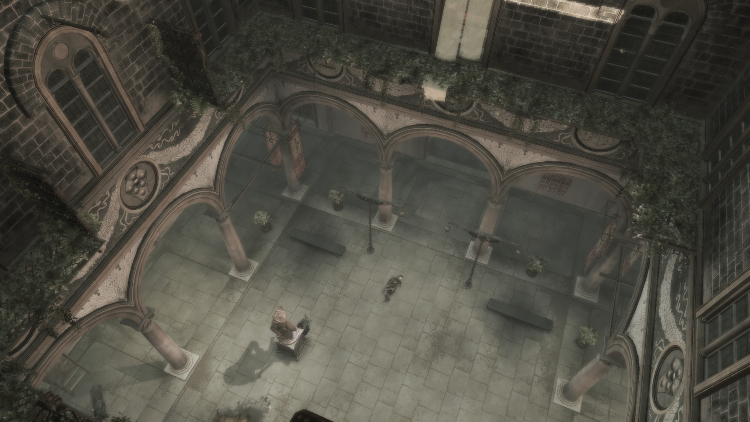
Although the building’s interior at the time cannot be accurately stated, the depth of the exterior from which our protagonist Ezio must enter is one that expertly captures Michelozzo’s vision. The palace, in reality, has a design of blocks and ashlar, allowing for an optical illusion of the building being larger than it is. In game, we see this play out in the texturing of the building. This is captured by the rough texture of the outside walls and particularly the gated area surrounding the inner courtyard.
Ponte Vecchio
Finally, we come to our third piece of architecture in Florence, and this is somewhat different in tone to the others. That is the Ponte Vecchio, a large bridge spanning the Arno River. This bridge had to make my list as this is the scene for, personally, one of the most influential scenes of Assassin’s Creed II—the street fight.
It is on this vast structure that Ezio gains his scar, a theme that would run through the franchise for Assassin’s Creed protagonists. This bridge, in fact the third incarnation (the other two having been damaged by floods pre-1350), serves as a thing of beauty at the Arno’s narrowest point. Again, the Ubisoft modellers pulled off a great feat, recreating the three segment arches, the smaller set pillars within the structure and the scenery surrounding it, with the water simulation being a particular highlight.

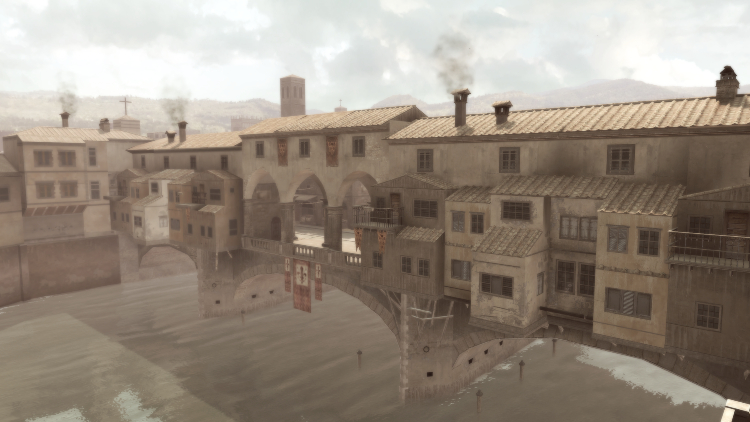
Immersive Archives
These architectural triumphs are visually impressive and help to immerse the player in the world of the game. Such recreations of historical buildings and environments also provide players with the unique opportunity to explore worlds that they might otherwise not be able to experience. In more recent times, such painstaking and precise virtual reconstructions have proved to be valuable archival resources as well.
With the recent devastation of the Notre-Dame Cathedral, Ubisoft, the French game developer responsible for the Assassin’s Creed franchise, not only donated €500,000 to the restoration of the iconic gothic building, but also made Assassin’s Creed Unity available for free download on PC. The game contains an extraordinarily detailed 3D rendering of the cathedral, and the developers encourage players to “experience the majesty and beauty of Notre-Dame”.
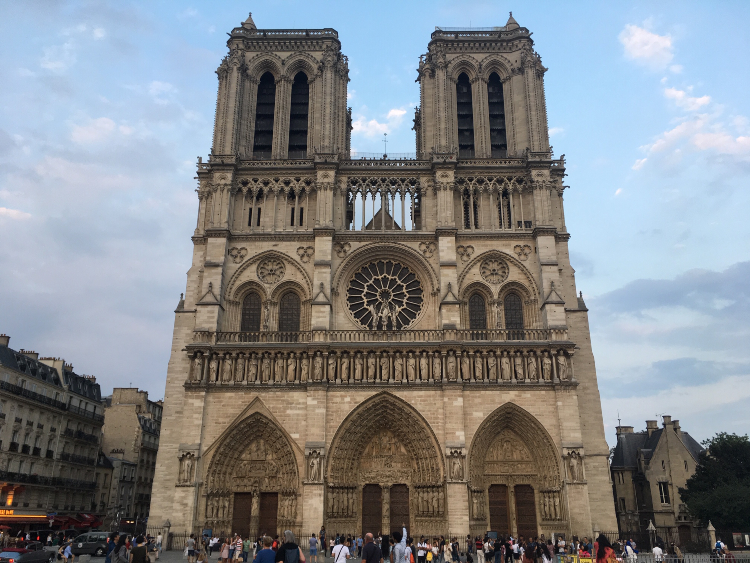
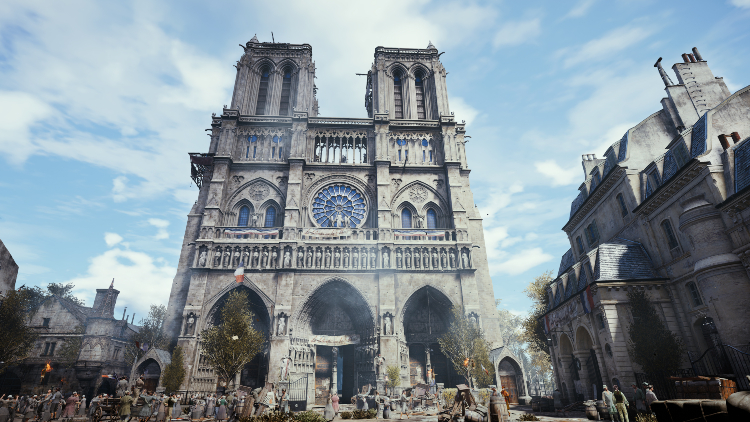
Assassin’s Creed Unity, the eighth instalment in the series, is set during the French Revolution. The game’s version of the famed Notre-Dame Cathedral has now become an important representation of the building, preserving its original architecture for generations to come. The 3D model and photos of the building owned by Ubisoft could even be potentially used in the restoration of the building. In this way, architectural reconstruction in video games not only helps to create an immersive environment for gamers to explore, but also serves as a vital and practical historical document.
So, here we have it, four of the many structures that the Assassin’s Creed franchise has to offer. You climb out of that haystack, thankful that the soldiers have gone. You look at the map marker and get ready to go on your next mission. Maybe though, this time, before you go and kill your target, you stop and take in the gorgeous world that Ubisoft have created within the Assassin’s Creed universe. Because you may never be able to see it again.

